The Geminid meteor shower is one of the most prolific annual meteor showers, impressing skywatchers year after year.
It is possible to see up to 120 meteors per hour under dark conditions when the Geminids peak each year.
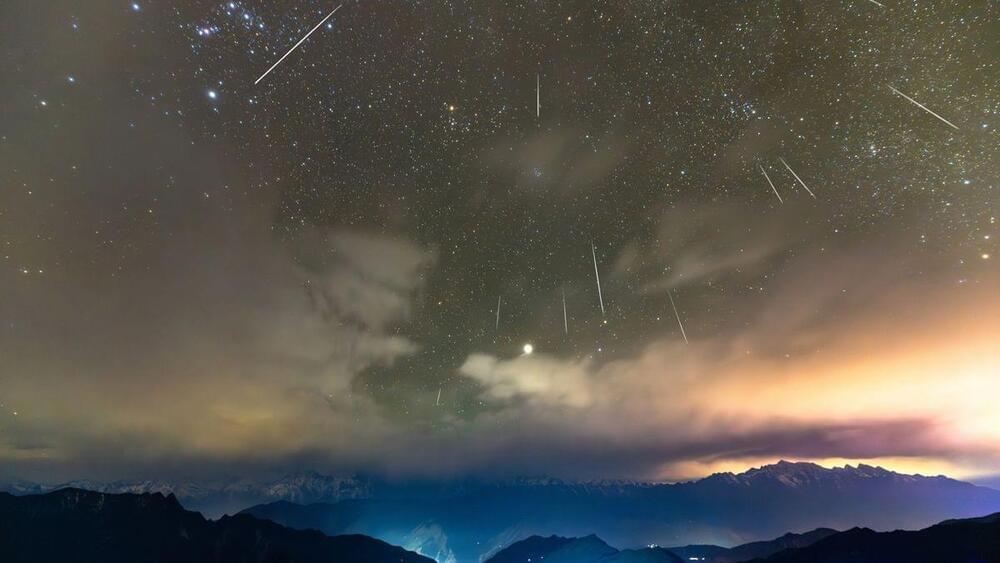
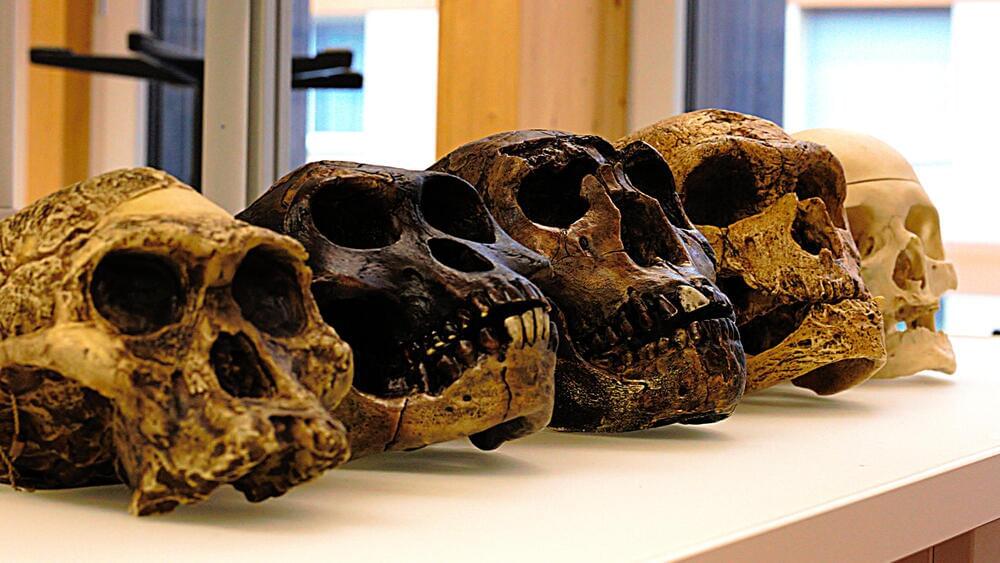
A team of scientists from the United States, Italy, and China may have finally explained a large gap in the African and Eurasian fossil record. According to a model in a study published August 31 in the journal Science, the population of human ancestors crashed between 800,000 and 900,000 years ago. They estimate that there were only 1,280 breeding individuals alive during this transition between the early and middle Pleistocene. About 98.7 percent of the ancestral population was lost at the beginning of this ancestral bottleneck that lasted for roughly 117,000 years, according to the study.
[Related: Want more eye-opening science stories? Sign up for a PopSci newsletter.].

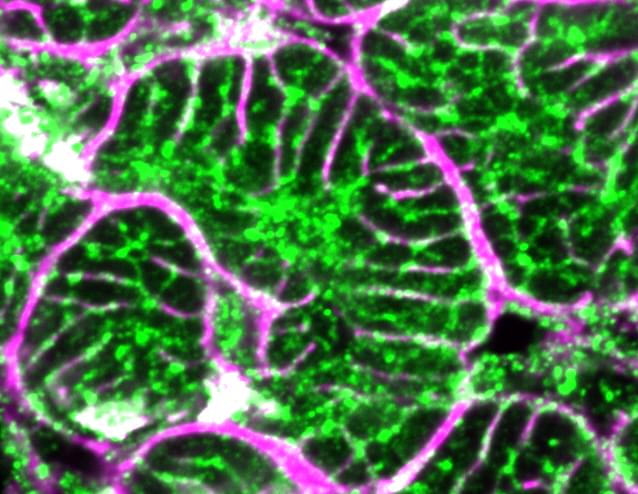
A new gene therapy can reverse the effects of heart failure and restore heart function in a large animal model. The therapy increases the amount of blood the heart can pump and dramatically improves survival, in what a paper describing the results calls “an unprecedented recovery of cardiac function.”
Currently, heart failure is irreversible. In the absence of a heart transplant, most medical treatments aim to reduce the stress on the heart and slow the progression of the often-deadly disease. But if the gene therapy shows similar results in future clinical trials, it could help heal the hearts of the 1 in 4 people alive today who will eventually develop heart failure.
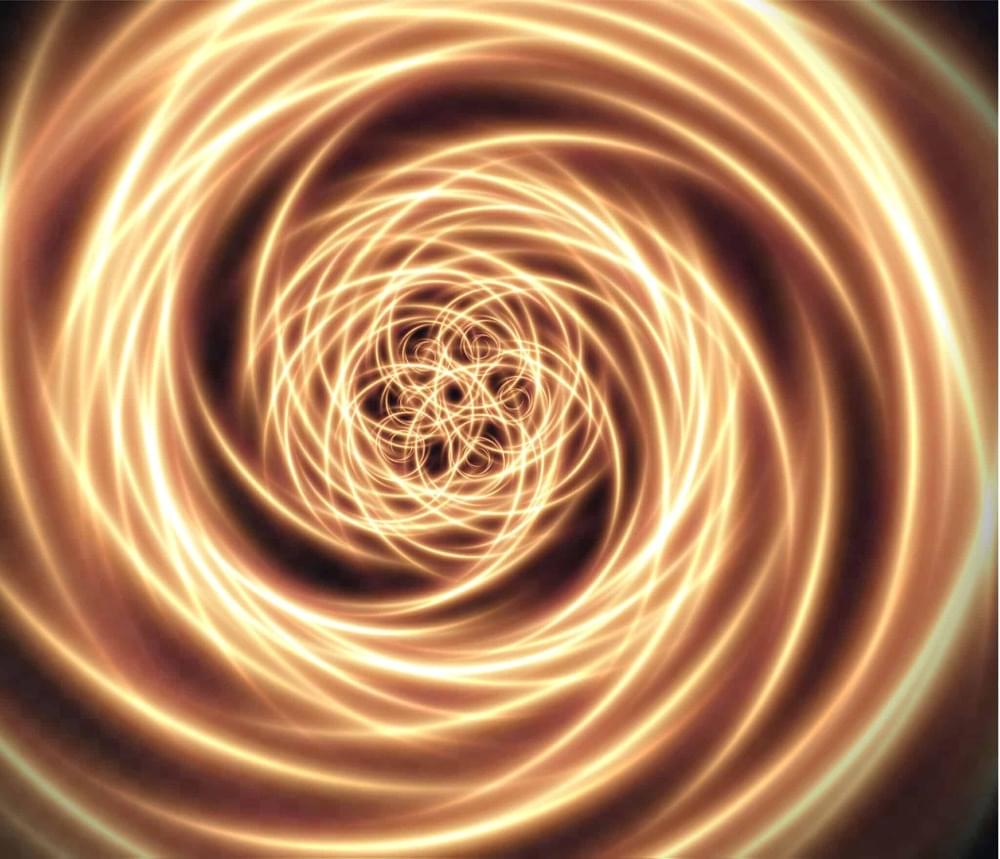
Researchers from City University of Hong Kong (CityUHK) and local collaborators have made a groundbreaking discovery of a new vortex electric field, poised to revolutionize future electronic, magnetic, and optical devices. This research holds immense promise for significantly enhancing the performance of various devices, particularly by improving memory stability and accelerating computing speeds.


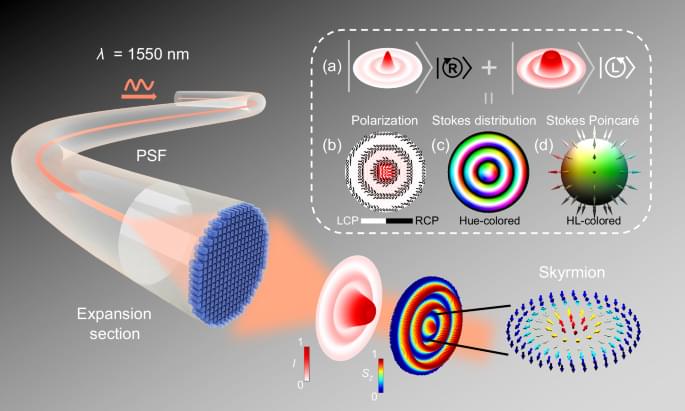
The Hénon map: a two-dimensional map that sheds light on the fractal structure of strange attractors. Deriving the Hénon map. Analyzing the map. Simulations.
Reading: Strogatz, \
The Multi-Modal Mobility Morphobot shows off a few of its skills on Caltech’s campus. More info: https://www.caltech.edu/about/news/new-bioinspired-robot-flie…